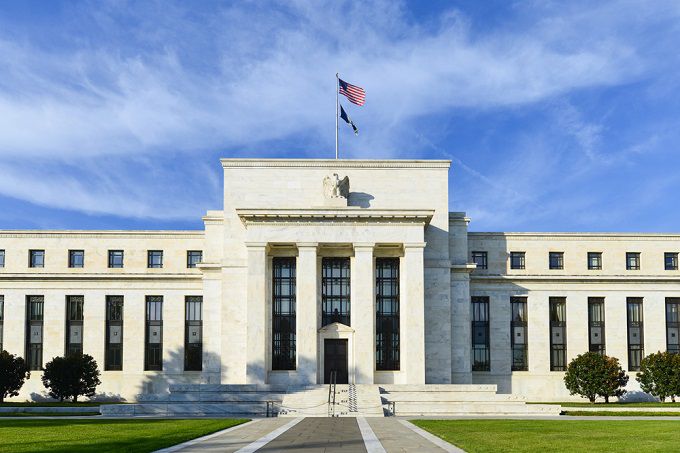Hawkish-tilting Fed could move rates quicker in 2018

The Federal Reserve likely will leave the benchmark US interest rate untouched next week, but economists say the changing composition of the policy committee could point to faster rate hikes in 2018.
Markets are betting the first of the three interest rate moves expected this year will come at the Fed's next meeting in March.
That will allow the Fed's interest-rate setting body, the Federal Open Market Committee (FOMC), to wait for firmer signs of inflation, which has long run below the Fed's two percent target.
But changing economic conditions -- the massive tax cuts approved last month, recovering energy prices, a weaker US dollar, new trade tariffs and stronger global growth -- could combine with a widespread US labor shortage to spur wage gains and cause a demand-driven rise in inflation, analysts say.
At the same time the changing makeup of the FOMC appears to be leaning in a more hawkish, inflation-averse direction, which raises the chances the committee will raise rates four times rather than three.
"It looks like in 2018 it will be justified to be more hawkish," Diane Swonk, chief economist at Grant Thornton, told AFP. "You'll get doves becoming more hawkish much more rapidly when conditions are changing."
The 12 presidents of the regional Federal Reserve banks rotate as voting members of the FOMC each year, along with members of the Fed Board of Governors who always vote.
Chicago Fed President Charles Evans and Minneapolis President Neel Kashkari, who both opposed last month's rate hike, will not vote this year.
But Cleveland's Loretta Mester, who twice dissented in favor of higher rates in 2016, will become a voter.
Mester will be joined by San Francisco's John Williams, a centrist and ally of outgoing Chair Janet Yellen, and the Atlanta region's newly-appointed Raphael Bostic, who is an unknown but pegged as a dove by analysts at IHS Markit.
Thomas Barkin, who took over this month as president of the traditionally hawkish Richmond Fed also will be voting for the first time.
- A more challenging environment -
This week's meeting will be Yellen's last, and once she steps down at the start of February, President Donald Trump is in a position to stack the Fed's Board, with the chance name all but one of its seven members.
Jerome Powell, who will take over as Fed chair, has served on the board with Yellen since 2012 and is unlikely to depart too easily from the path she charted, having supported her post-crisis policy of painstakingly cautious rate increases.
But observers say the jury is still out on conservative Trump nominee Marvin Goodfriend, a university professor and former Richmond Fed adviser.
Goodfriend struggled in Senate testimony this month to explain why his predictions of "disastrous" post-crisis inflation had been wrong.
He has frequently called for higher rates and scolded the Fed last year for failing to guard against the risk of rising prices -- but also favors allowing even negative rates when needed to stimulate growth.
University of Oregon economist Tim Duy, a keen Fed observer, told AFP the Fed would do well to avoid overreacting by raising rates more than three times.
"They will need to be wary of the long and variable lags in the policy process; they will need to take some time to see the impact of their past tightening," he said.
"So I tend to think you need further evidence of excessive inflationary risks before they ratchet up the pace of rate increases."
With Wall Street forging ever higher, Swonk of Grant Thornton said the Fed may also feel compelled to respond to prevent a bubble in asset prices, even though monetary policy tools are ill-suited to address those issues.
"So far, Chair Yellen gets to leave without leaving a ripple on financial markets," Swonk said.
"That's great to leave on that note and the ripples may be yet to come."
Source: AFP
